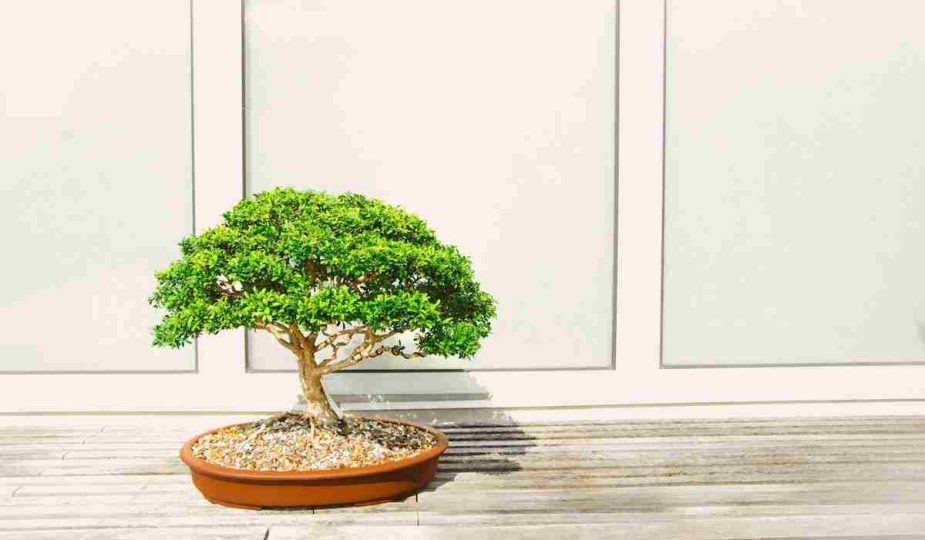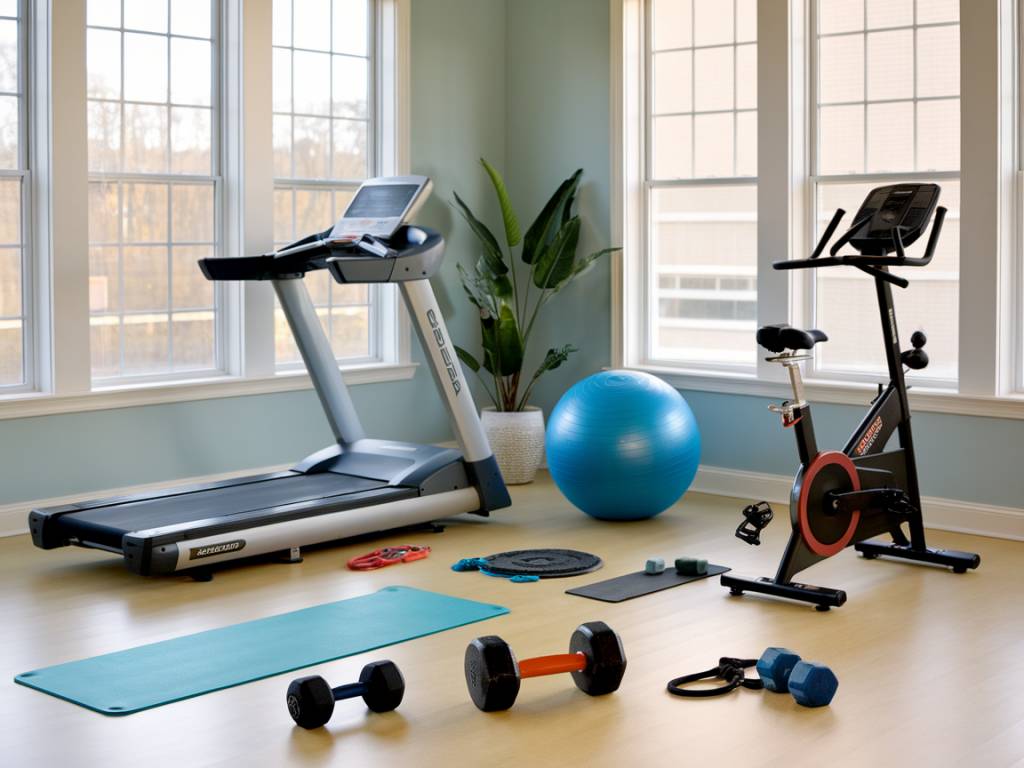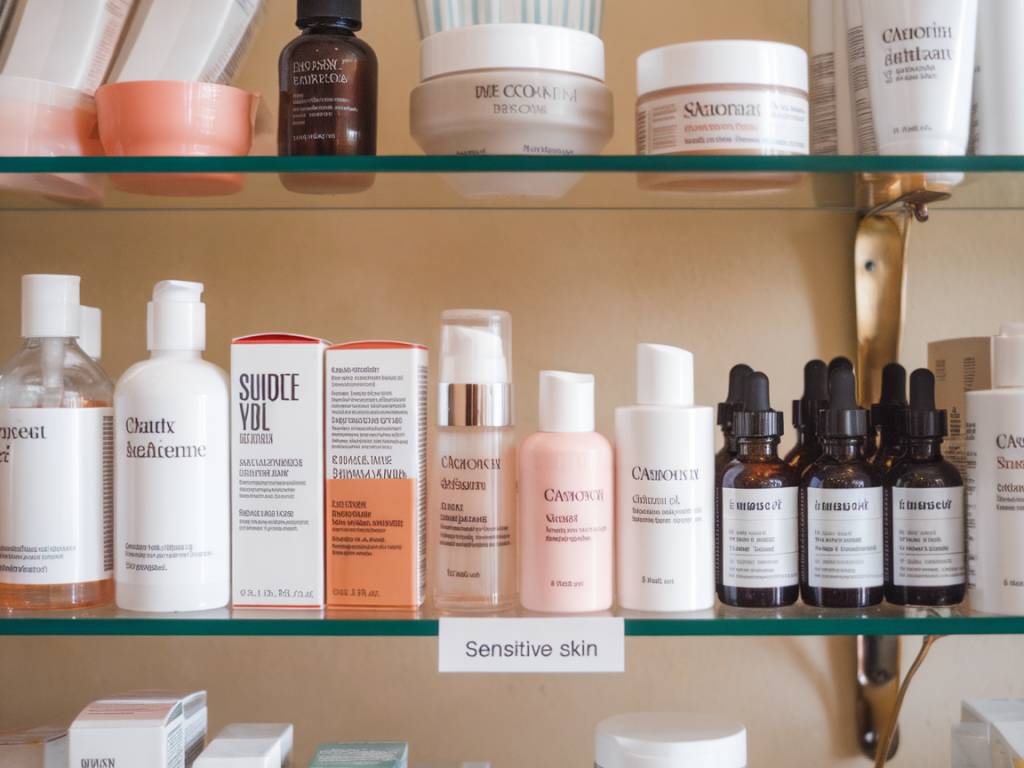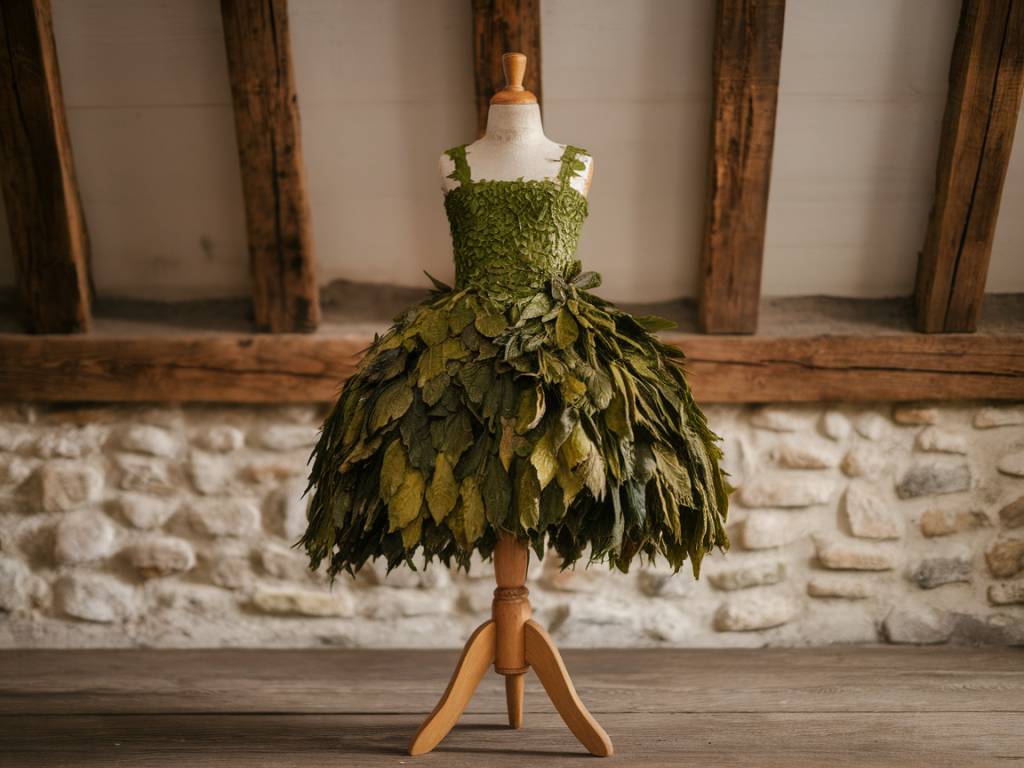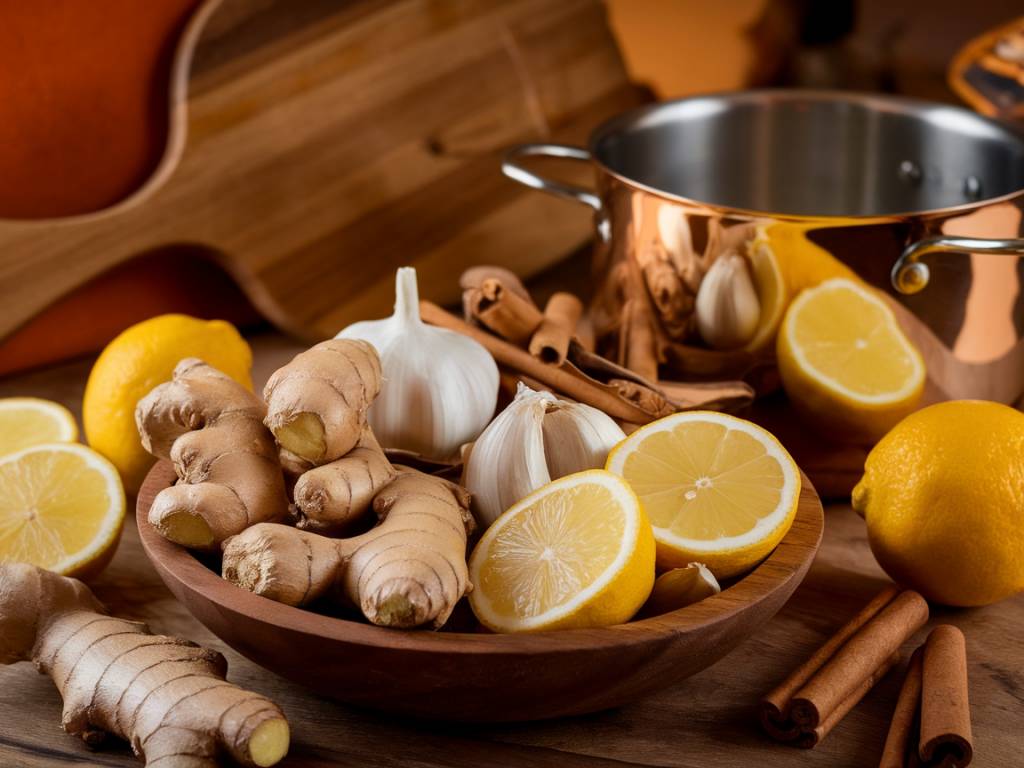Why Bonsai Are Perfect for Busy Plant Lovers
Bonsai trees may look like high-maintenance sculptures, but with the right approach, they’re surprisingly easy to grow indoors—even if you have a packed schedule. These miniature trees add a touch of serenity and style to any space, and caring for them can become a soothing ritual rather than a chore. Here are five expert tips, straight from seasoned gardeners, to help you cultivate a thriving bonsai in your home.
1. Choose the Right Species for Your Space
Not all bonsai varieties thrive in the average living room. Selecting a species that matches your environment and experience level is the first step toward success.
- Ficus Retusa (Indoor Fig): Highly resilient and tolerant of changing indoor conditions, this variety handles occasional missed waterings without issue.
- Zelkova Serrata (Chinese Elm): Fast-growing and adaptable, it loves bright light but can acclimate to indirect sunshine.
- Crassula Ovata (Jade Tree): A succulent bonsai that requires minimal watering and is nearly foolproof for beginners.
Tip from the pros: If you’re just starting out, stick to one of these three. They forgive the occasional mistake and help you gain confidence before moving on to more demanding species.
2. Find the Optimal Light and Temperature
Light is crucial for bonsai health. While they don’t need direct midday sun, most indoor bonsai appreciate bright, indirect light to maintain vibrant foliage and strong growth.
- Place your bonsai near an east- or west-facing window. These orientations provide gentle morning or late afternoon light without the harsh midday rays.
- During summer, avoid scorching sun through glass. Move your bonsai a foot or two back from the window to prevent leaf burn.
- Maintain room temperatures between 18–24°C (65–75°F). Sudden drafts or temperature swings can stress the tree.
Pro gardener advice: Rotate your bonsai every week to ensure even light exposure and balanced growth on all sides.
3. Master the Art of Watering—Less Is Often More
Overwatering is one of the most common bonsai mistakes. Unlike potted houseplants that enjoy consistently damp soil, bonsai prefer a balance between moist and slightly dry.
- Check soil moisture daily by inserting your finger about 1 cm (half an inch) down. If it feels slightly dry, it’s time to water.
- Water thoroughly until you see water drip from the drainage holes. This ensures the entire root ball is hydrated.
- Avoid letting the bonsai sit in standing water. Always empty the saucer after watering.
Gardener’s secret: Mist the foliage lightly once or twice a week to increase humidity around the leaves, especially in air-conditioned or heated rooms.
4. Feed Your Bonsai with Precision
Proper fertilization fuels healthy growth. However, too much fertilizer can burn roots, while too little leads to weak, pale foliage.
- During spring and summer (active growth), apply a balanced bonsai fertilizer (10-10-10 NPK) once a month.
- In autumn, reduce to a mild feed (5-5-5 NPK) to help the bonsai prepare for dormancy.
- Skip fertilizing in winter for most indoor bonsai, unless the room stays consistently warm.
Tip from experts: Use organic slow-release pellets to provide a steady supply of nutrients without risking fertilizer burn.
5. Prune and Shape with Care
Bonsai styling is part art, part science. Regular pruning keeps the tree’s shape refined and encourages dense foliage.
- Maintenance pruning: Remove back any new shoots that exceed your desired silhouette. Focus on shoots that grow outside the main canopy line.
- Structural pruning: In late winter or early spring, trim thicker branches to refine the overall structure. Use sharp shears and cut at a 45° angle.
- Clear away dead leaves and small twigs monthly to keep the tree healthy and promote air circulation around the branches.
Bonsai whisperer tip: Embrace imperfection. A bonsai that isn’t overly manicured captures the beauty of a natural, windswept tree more authentically.
Bonus: Potting and Soil Basics
Choosing the right pot and soil mix ensures proper drainage and root health, two non-negotiable factors for bonsai success.
- Opt for a shallow bonsai pot with ample drainage holes. The classic ceramic bonsai containers are both functional and decorative.
- Use a specialized bonsai soil mix—typically a blend of akadama (clay), pumice, and lava rock—to balance moisture retention and aeration.
- Repot young bonsai every 1–2 years and mature ones every 3–5 years. Repotting refreshes the soil and allows you to trim roots for a compact root ball.
Pro planting secret: If you can’t find bonsai soil locally, Dorset-based suppliers and online boutiques often stock premium mixes tailored to UK climates.
Transform Your Home into a Miniature Zen Garden
With these five insider tips, growing a healthy, beautiful bonsai at home becomes not only achievable but deeply rewarding. Beyond its decorative appeal, bonsai care fosters mindfulness and a deeper connection to nature—perfect for any hectic modern lifestyle. Ready to begin your bonsai journey? Gather your tools, choose your ideal species, and watch your tiny tree flourish under your expert care.

